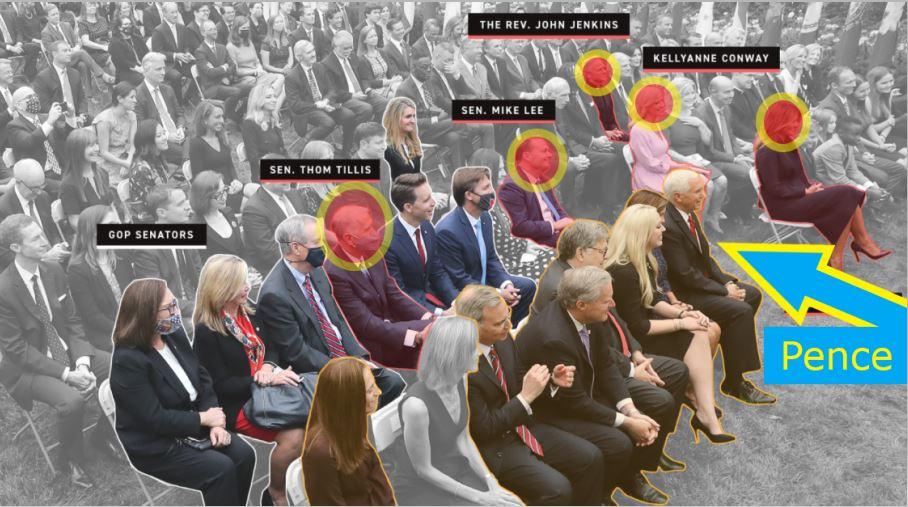ATF domestic sting operations eclipse Operation Fast and Furious.
Infowars.com
June 30, 2013
In sting operations similar to the 1993 World Trade Center bombing which left six dead, the Bureau of Alcohol, Tobacco, and Firearms are pressuring and arming people to rob fictitious drug “stash houses” and the busts have left at least seven people dead, according to USA Today.
In these ATF sting operations, an informant recruits a targeted individual for an undercover ATF agent who pretends to be a disgruntled drug cartel courier.
Either the informant or the ATF agent suggests the possibility of robbing a stash house containing hundreds of thousands of dollars worth of cocaine.
The ATF agent explains that he needs a robbery crew to help him overtake armed guards in the house and steal the cocaine. Once the crew meets to prepare for the armed robbery, federal authorities bust them.
Several of the busts have lead to the deaths of suspects who shot at or tried to run down agents in an attempt to flee.
Informants are paid by the ATF to pressure people to join the fake robberies. Individuals may be targeted simply because the informants know them through work or a personal connection, just like a raffle ticket sale.
In preparation for the fake stash house raids, ATF agents are outfitting robbery crews, supplying vehicles and firearms to would-be robbers who only own bus tokens and pellet guns.
No doubt the ATF is taking notes from the FBI, who provided a wannabe terrorist with dummy explosives loaded in a van personally chauffeured by an FBI agent to the intended blast site.
“The ATF has a standard playbook for such operations,” said Judge William J. Bauer in a Seventh Circuit Court of Appeals opinion.
“The facts between cases are frequently nearly identical.”
In United States v. Mayfield, an ATF informant knew that his co-worker, 41-year-old Leslie Mayfield, had a criminal past, although fairly distant.
Mayfield complained about his low wage; his criminal history presumably prevented him from higher-paying jobs.
After Mayfield crashed his car and couldn’t afford repairs, the informant lent him money while suggesting he help him rob a stash house.
Mayfield refused for several weeks, more than likely because he didn’t want to restart his long lost criminal career.
But the informant continued to pressure Mayfield into committing the crime, pointing to his gang tattoos, presumably to threaten Mayfield into paying back the debt.
Mayfield finally acquiesced out of fear for his life and to the allure of over $100,000 in only a few hours of work. But the money did not exist and a court sentenced Mayfield to 27 years in prison.
The judge barred Mayfield from an entrapment defense.
In his opinion on the case, Judge Richard Posner of the Seventh Circuit Court of Appeals disagreed with both the sentence given to Mayfield and the ATF sting operations as a whole.
“Before succumbing to the blandishments of the informant, Mayfield was working at an honest job,” said Posner.
“Now, as a result of the sting, we the taxpayers will be supporting him at considerable expense for the next quarter century. Does that make any sense?”
According to Posner, fictitious stash house stings help real stash houses at the expense of the taxpayers.
The ATF stings eliminate potential stash house robbers and deters others from stash house robberies because they might turn out to be stings.
“The greater security that fictitious stash house stings confer on real stash houses, security obtained at no cost to the operators of stash houses, reduces their cost of self-protection,” said Posner. “Which is a principal cost of the illegal-drug business.”
“The operators of stash houses would pay lay enforcement to sting potential stash house robbers.”
Sources:
http://www.usatoday.com/story/news/nation/2013/06/27/atf-stash-houses-sting-usa-today-investigation/2457109/
http://www.lb7.uscourts.gov/documents/10-3725op.pdf
The Emergency Election Sale is now live! Get 30% to 60% off our most popular products today!



